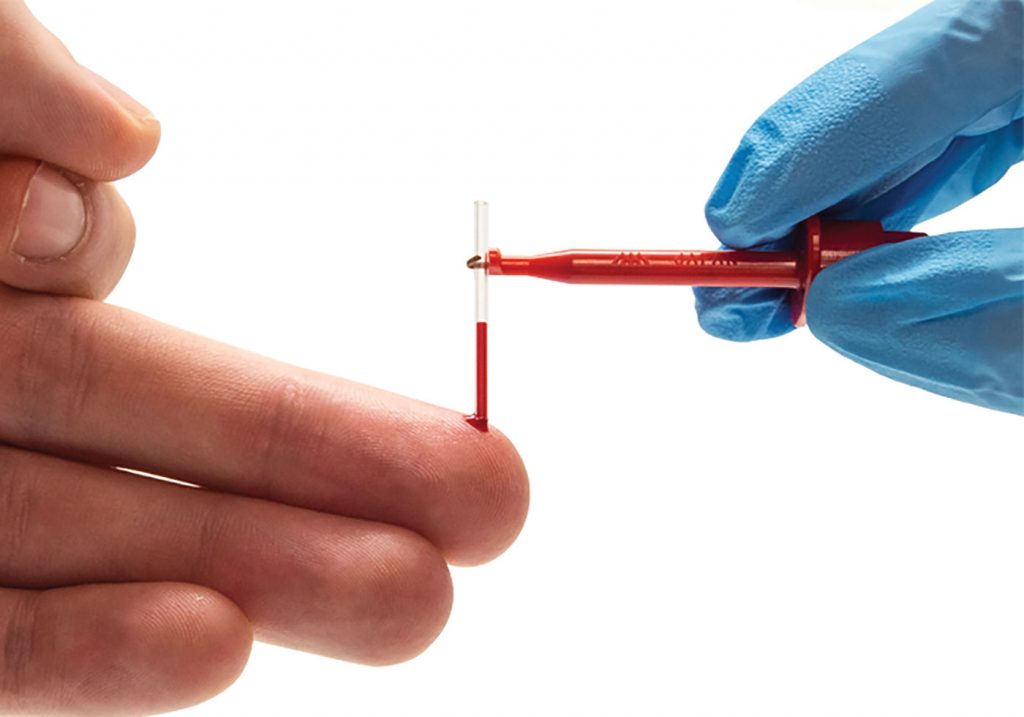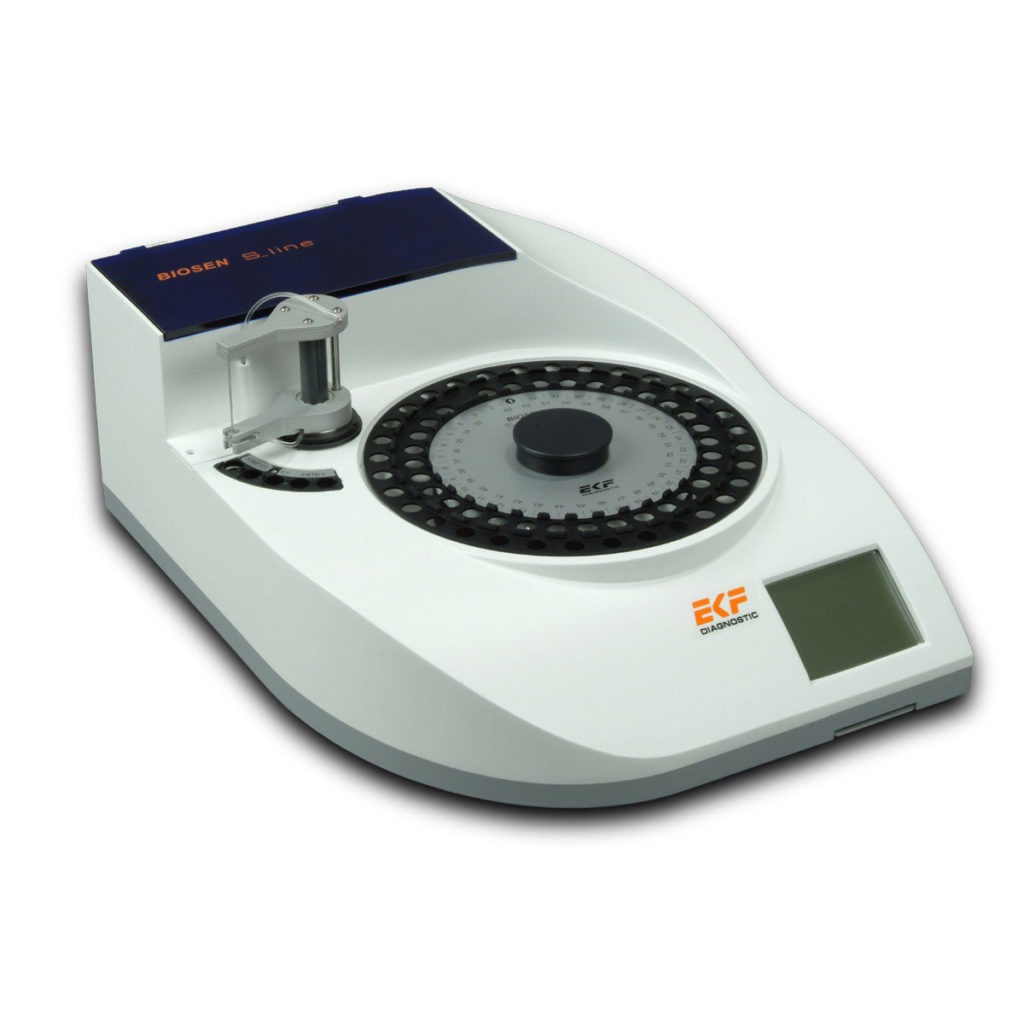Lactate testing is the accepted parameter of performance diagnostics in a sport. It has become the industry standard test, because knowing the lactate levels of a sports person will help to establish an optimal and personal training regime.

Performance benefits of lactate testing
A blood lactate test is a reliable guide to safe and effective training for athletes. It helps the athlete to avoid under or overtraining, which can lead to exhaustion. This is a hugely beneficial marker in the success, or otherwise, of an individual’s sports performance.
Lactate for an athlete is a source of fuel. The more an athlete trains, the higher their lactate threshold will be. Therefore, the higher the intensity of training, the more the body produces blood lactate at higher intensities. This onset of rapid blood lactate accumulation is known as anaerobic threshold or lactate threshold.
Lactate testing in athletes
To determine an individual’s lactate threshold, the athlete will perform a set of tests. These involve taking the training intensity up in stages, such as on a treadmill or cycle ergometer. These tests indicate a rise in lactate when the athlete reaches a high level of effort. This is the point at which the athlete reaches their anaerobic/lactate threshold.
It’s the high level of effort and demand for high energy that produces lactate faster than the body’s tissues are able to remove it. Consequently, the lactate concentration in the blood rises. With such high concentrations of blood lactate, an individual will start to feel muscle aches and pains and even cramp. Furthermore, fatigue starts to set in and the person feels they can’t carry on training anymore.
Training outside of lactate steady-state
When a person reaches the point of exhaustion yet carries on, they risk overtraining. This is when an injury can occur. In addition to this, overtraining can also prolong muscle soreness, reduce the quality of sleep and generally make a person feel ‘under the weather’. Ultimately, these symptoms will inevitably lead to a drop in sports performance and poor results.
This is why regular lactate testing to find the lactate steady state for an athlete is hugely beneficial. The lactate steady state is when there is a well-balanced relationship between lactate production and elimination.
Blood lactate measurement
Measuring blood lactate helps athletes, coaches and sports scientists to:
- Determine the most advantageous training program for the individual
- Define the most appropriate training zones for effective cardio conditioning
- Avoid any inefficient training protocols
Blood measurement is now possible both in the lab and in the field. Lab testing is possible with analysers, either as a single channel system, or dual channel which also measures glucose at the same time. This lab accuracy is also available in portable devices for use in field testing.

Testing for blood lactate in the lab
Sports Institutes and professional sports teams use the Biosen series of analysers. They are the leading brand in lactate threshold measurement thanks to their special chip sensor technology. It’s this technology that delivers the highly accurate measurements, not only quickly but also at a low cost per test. In fact, there are several studies evaluating Biosen blood and glucose lactate analysers. These studies check and confirm the accuracy and precision of the systems.
Biosen analysers test blood, plasma or serum to provide lactate and glucose values with excellent precision (less than 2% CV) over a wide measurement range. Furthermore, because the sensor chip has a long life, there is very little maintenance. Finally, the touch screen and large memory make them extremely user-friendly in lab situations.
Testing for blood lactate in the field
The graded exercise tests a coach implements for establishing an individual’s lactate threshold may also be conducted ‘in the field’. The reason for this is because the interpretation of results from a laboratory setting to the actual, practice environment can sometimes lead to unpredictable differences. Also, with a portable analyser, performing several tests out in the field is possible and so a simple, accurate and reliable lactate analyser is essential.
The Lactate Scout 4 from EKF Diagnostics is the very latest in portable blood analysers. It is a newer version of the bestselling Lactate Scout+. It provides an accurate measurement of blood lactate from a single drop of blood taken from a finger-prick on to the lactate test strips. Furthermore, results are available within just 10 seconds. Finally, this little, hand-held portable analyser will store up to 500 results.
In addition to the Lactate Scout portable analyser is the long-established Lactate Pro 2. This point-of-care analyser is the industry standard for portable lactate testing. It too provides precise measurement of blood lactate levels to help determine the time and intensity of an individual’s endurance.
Finally, blood lactate measurement is now possible in all environments, thanks to the Lactate Scout 4 operating temperature range of 10 – 45 degrees. In fact, football teams in the English Premier League, Bundesliga and Italian League football, as well as Olympic Associations and National Institutes of Sport around the world use Biosen and the Lactate Scout+.



